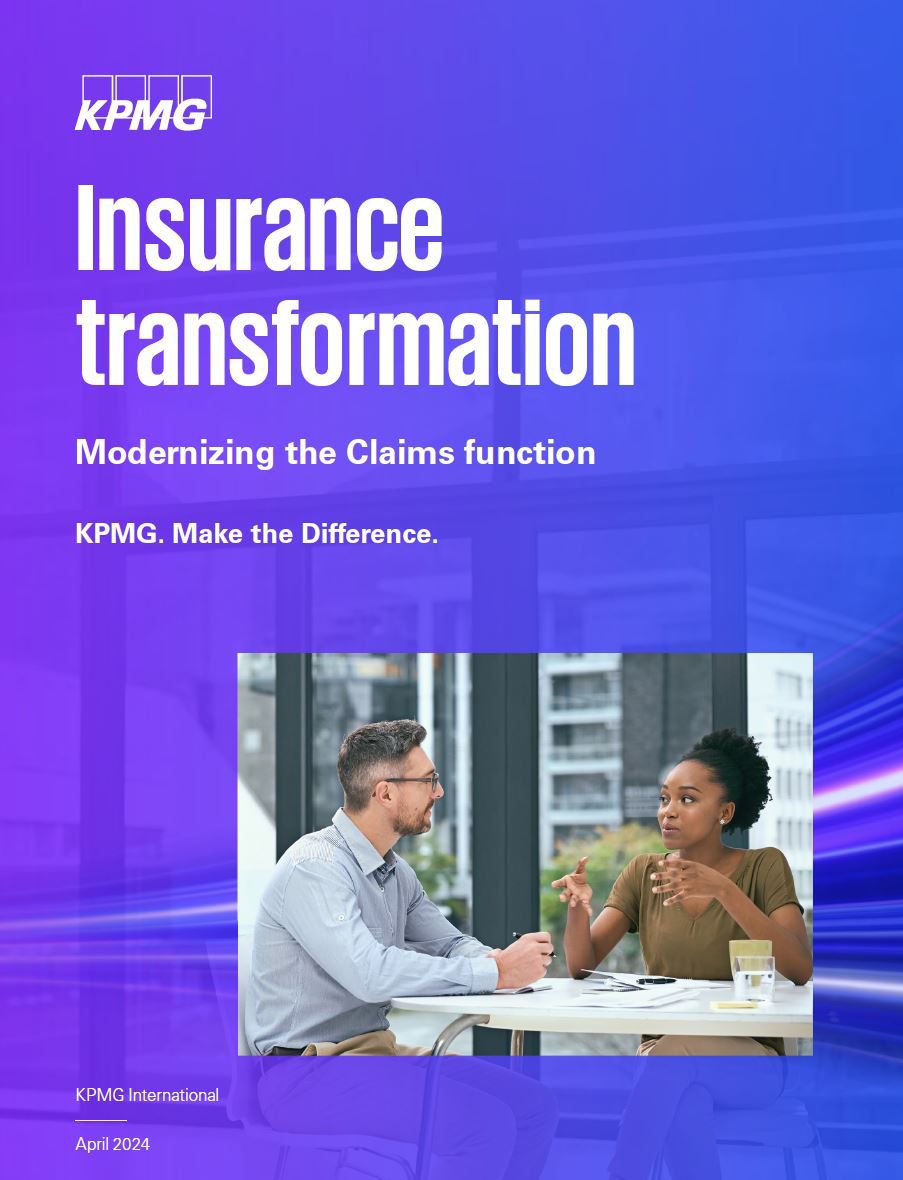Claims is one of the most underutilised strategic assets within many insurance organisations today and insurance leaders recognise it will take nothing short of a transformation to unlock the value that the function could deliver.
Last year we saw the impact that Cyclone Gabrielle and the Auckland Anniversary Floods had on the financial performance of many general insurers in Aotearoa New Zealand. Claims loss ratios suffered in 2023 and insurers are continuing to work through some of the after-effects. These events, combined with other economic and logistical impacts have increased the focus on efficient claims management within insurers.
The claims function plays a leading role in defining the customer experience and bringing the organisational strategy to life for clients. When customers buy insurance, they are investing in a promise and it’s at claim time when insurers get an opportunity to deliver on that promise. Yet traditional claims functions were not built to deliver on this strategic value. More often, claims organisations were built upon a foundation of technical claims handling expertise. Claims functions now sit away from Sales & Service and tend to operate in separate teams based on the claims lifecycle – from lodgement through assessing to payments and closures, with a mix of in-house teams and external providers.
In New Zealand, most insurers have either gone through, or are going through, the pain and cost of retiring legacy systems, simplifying products and streamlining processes. It has not been a quick journey, and there is still more work to be done. Now the function is being asked to augment this with technology, including the potential use of artificial intelligence (AI) in order to redesign and transform how the claims function operates.
To unlock the true potential of the claims function, a deeper, more holistic, and transformative approach is needed. At its core should be a steel thread that connects claims with underwriting, actuarial, finance and other key functions though an integrated, end-to-end business architecture. This must be balanced with the need to treat customers fairly and looked after in times where they need insurance the most.
In this report, KPMG insurance professionals explore some of the drivers for claims transformation in today’s market, identify the opportunities and barriers, and share key considerations to help insurance organisations on their transformation journey.

Insurance transformation: Modernising the claims function
Insurance leaders recognise that claims transformation represents an opportunity to create competitive advantage, encourage innovative ideas and significantly differentiate the customer experience. Download this global report to discover key insights and considerations to support a successful transformation of the claims function.
Download global report (3.6 MB) ⤓
Five key considerations for modernising the claims function
Transformation starts with a vision of what the organization wants to become. A clear strategy – well-articulated – will help the business make the right investments and decisions as the transformation progresses. Policy language should also be assessed and clarified to reduce any ambiguity regarding coverage terms, exclusions and conditions. Traditional claims foundations will also need strengthening. At all times, the customer must be kept at the center of the business strategy and the claims strategy.
Data is central to unlocking the strategic value of claims. By leveraging data analytics, organizations can develop more precise risk and behavioral profiles for customers, allowing them to tailor pricing, coverage and underwriting decisions accordingly. However, this requires a truly clear data strategy, not only within claims but also across the wider organization. And driving value will necessitate strong analytics capabilities, skills and tools.
True transformation comes from reimagining processes with the desired outcome in mind – combining the best of business design with the best of digital claims capabilities so that the business can orchestrate all parties to support a claim and get deep visibility into each step of the processes. While thinking end-to-end, also think function to function. There are handoffs that should be considered, integration opportunities that can be found and data that can be shared.
As the claims function transforms into a source of strategic value, new and different skillsets and ways of working will likely be needed. The aim is to strike a balance between implementing efficiency-improving automation and maintaining personalized service. As the more manual activities start to become automated, claims leaders will be able to shift their capabilities to focus on architecting the end-to-end experience using data and analytics to engage business partners in new ways.
One of the main reasons that many transformations fail is because people tend to fall back into old habits. But there are tools and mechanisms that can be put in place to assess and manage how new approaches are being adopted. Real and sustainable transformation requires insurance organizations to take a holistic approach that goes beyond technology implementation. Knowing what measures to track and how they can be influenced is key to driving value from claims transformations.
Get in touch
Our global network of experienced insurance professionals provides clients with industry knowledge, actionable insights and implementation expertise, helping Kiwi insurers to realise the full potential of their people and technology, and achieve successful transformation.
We can work with you to help orient your business around the customer, optimise functions for a new era, manage enterprise risk and regulation for a safer future, rise to a new level of value creation, and create an environment for managing ongoing change.




